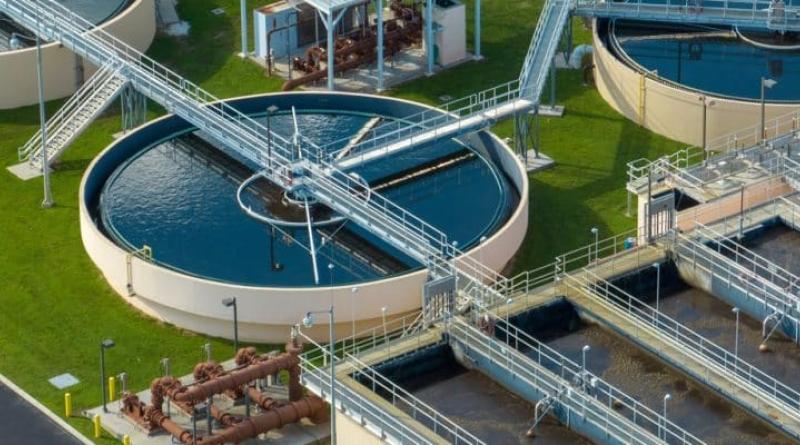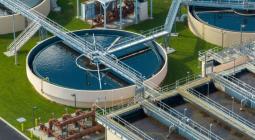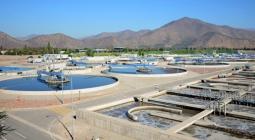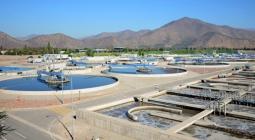Recycling urban wastewater into drinking water: behind the scenes with Jacques Momeux

Wastewater, which appears undesirable at first glance, represents a valuable resource. If we started talking about recycling these effluents into drinking water in the 1950s, almost all countries in the world are still in the early stages of implementing this practice, which varies depending on the type. wastewater. With Jacques Momeux, the president of the company France Industrie Sanitation (FIA), we explain the treatment of urban or domestic wastewater to make it drinkable.
Imagine a world where drinking water would be available 24 hours a day, in the morning, at noon and in the evening... This ideal would be within reach according to several experts in the water sector like Jacques Momeux, the president of the company France Industrie Intégration (FIA), specialized in water treatment. To do this, it would be enough to take advantage of wastewater (domestic or urban, industrial, agricultural, gray, etc.), a precious resource in a world where available fresh water is limited and demand is increasing.
Even today, a large part of these effluents are released into nature without being collected or treated, deplores the United Nations Educational, Scientific and Cultural Organization (UNESCO). This is particularly true in low-income countries, mostly located in Africa, which treat on average 8% of wastewater, compared to 70% in developed countries. The lack of expertise would be one of the major causes of the low level of exploitation of wastewater to compensate for water shortages. In 2022, 418 million Africans were still living without drinking water according to the United Nations Children's Fund (UNICEF).
Detailed review of the different recycling stages
However, eliminating all health risks from wastewater, particularly urban wastewater, is not an easy task, and Jacques Momeux tells us why.
In the facts :
- Wastewater Analysis
First, urban wastewater is collected from households, businesses and other sources through a pipe system and transported to a treatment plant where it is analyzed. The objective is to determine whether they come from a so-called classic source or whether they are brackish. In the second case, they must first be desalinated before moving on to the next step which is pretreatment.
- Pretreatment
During the pretreatment stage, particles such as large debris, suspended solids, and floating materials are removed from the wastewater. Screens are used to trap debris, decanters to separate solids and liquids, and sifting processes to remove larger objects.
- Biological treatment
The pre-treated water then goes through a biological treatment process in aeration basins where micro-organisms degrade the organic matter present.
- Advanced treatment
Cleared of organic materials, the wastewater is then subjected to advanced treatment which may include several steps such as filtration through membranes, reverse osmosis to remove remaining contaminants, adsorption on activated carbon to absorb organic compounds , and possibly additional disinfection by ultraviolet (UV). Ozonation or chlorination is also necessary to eliminate bacteria, viruses and other microorganisms from the effluent.
- Recycling into drinking water itself
After this thorough treatment, the water is considered to be of sufficient quality to be transformed into drinking water. It can be stored in drinking water tanks before being distributed to households and businesses via distribution networks.
This process described by Jacques Momeux is the same one used in his compact, mobile, modular and less expensive wastewater treatment plants deployed in several countries. For the expert, the idea is to have several decentralized and virtuous ecosystems that generate wealth. “The first difficulty in this practice is that there is no strict process for recycling urban wastewater into drinking water, but 100,000 different answers for 100,000 problems. Also, we have a working base and we add bricks depending on the pollutants that will be present in the wastewater intended for recycling ,” explains Jacques Momeux.
There is also the difficulty of maintaining consistent water quality and meeting drinking standards throughout the process, as variations in the composition of incoming wastewater can affect the effectiveness of the treatment. We must also face public resistance to the quality of drinking water and very strict regulations regarding water purification, which make the process more complex and demanding. Faced with water stress, the city of Windhoek in Namibia has succeeded in this challenge and has been recycling its municipal wastewater into drinking water since 1968.
If recycling wastewater into drinking water is technically possible, there is still a financial challenge for municipalities and businesses that want to get started. Significant funding will be required depending on the type of wastewater. “There is a cost that remains reasonable in relation to the health issue. Afterwards, the more varieties of contaminants that are important (arsenic, poisons, mercury, etc.) you have, the more developed the technology will be. And who says elaborate, says a higher approach cost ,” explains Jacques Momeux.
Overview of other wastewater recycling processes
- Industrial wastewater : It comes from industrial activities often containing specific chemicals and various organic compounds.
- Specific treatment : It varies depending on the specific contaminants present. For example, chemical or physical processes suitable for the removal of specific chemicals may be used.
- Agricultural wastewater : It comes from agricultural activities and may contain fertilizers, pesticides, and organic residues.
- Appropriate treatment : It relies on the use of techniques such as filtration, decantation and biological processes to remove agricultural contaminants.
- Gray water : This is water from non-toilet sources such as sinks, showers and washing machines.
- Typical treatment : They require less intensive filtration and disinfection systems than for domestic wastewater.





